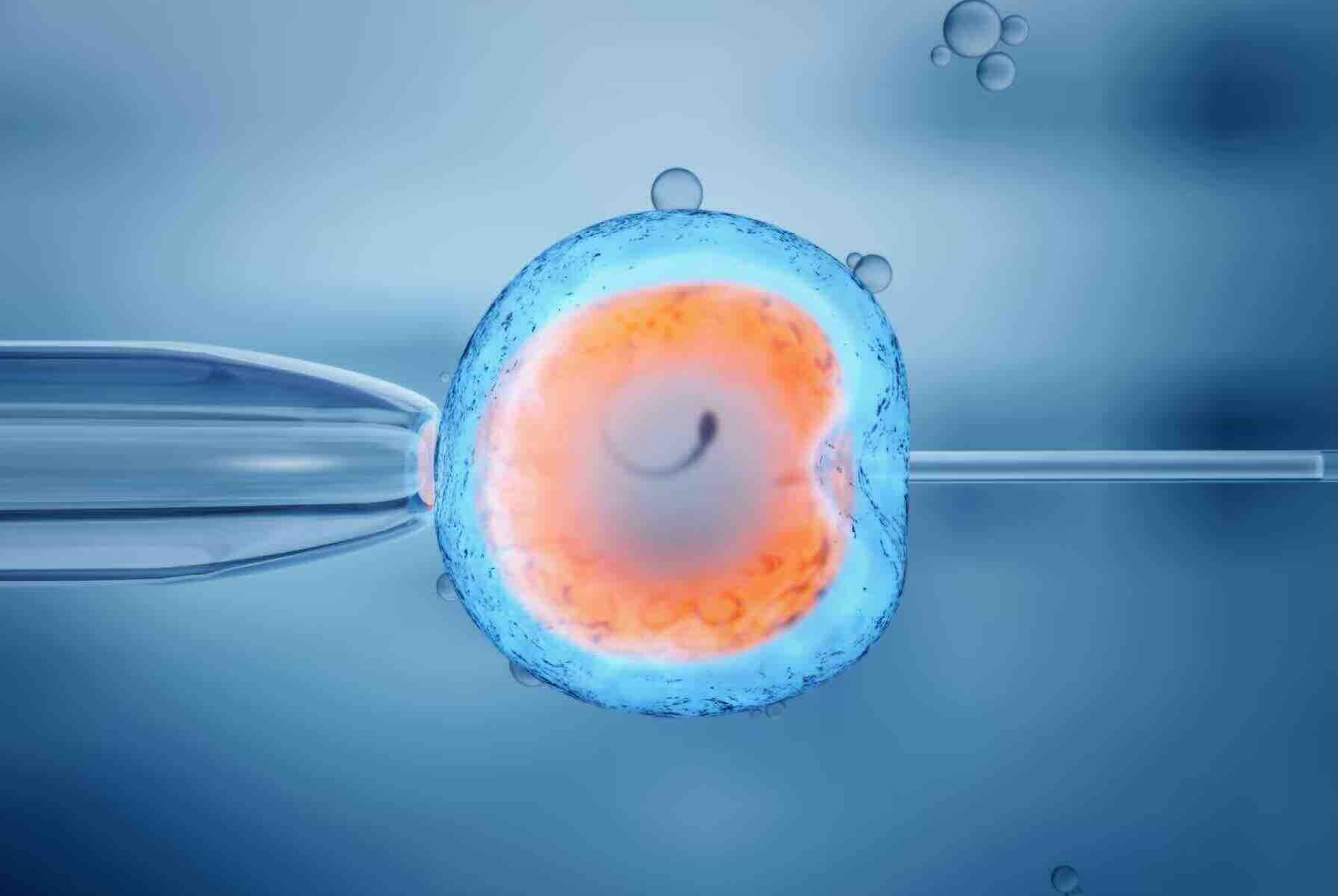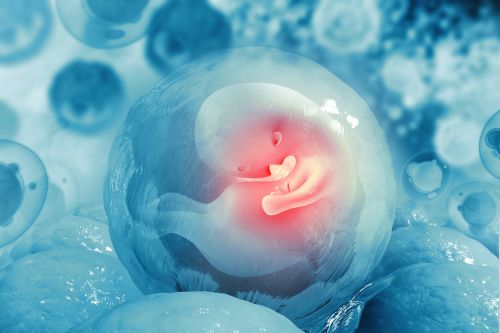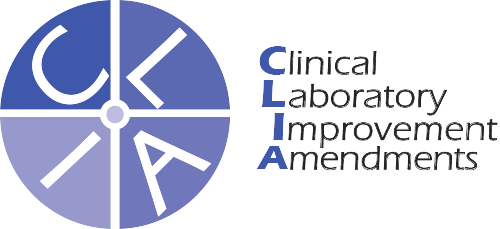Laparoscopy
Laparoscopy is a surgical procedure that allows a doctor to see inside the body. When the procedure is part of fertility testing, the doctor evaluates the structures of the reproductive system, including the ovaries, fallopian tubes, and uterus.

Hysteroscopy
Hysteroscopy is a minimally invasive diagnostic tool that fertility specialists use to help patients experiencing infertility. It uses a thin, flexible telescope-like instrument, a hysteroscope, to examine the uterine cavity. Hysteroscopic evaluation can be used to diagnose conditions that contribute to female infertility and recurrent miscarriage. There is no conclusive evidence that supports the positive effects of hysteroscopy on infertility.
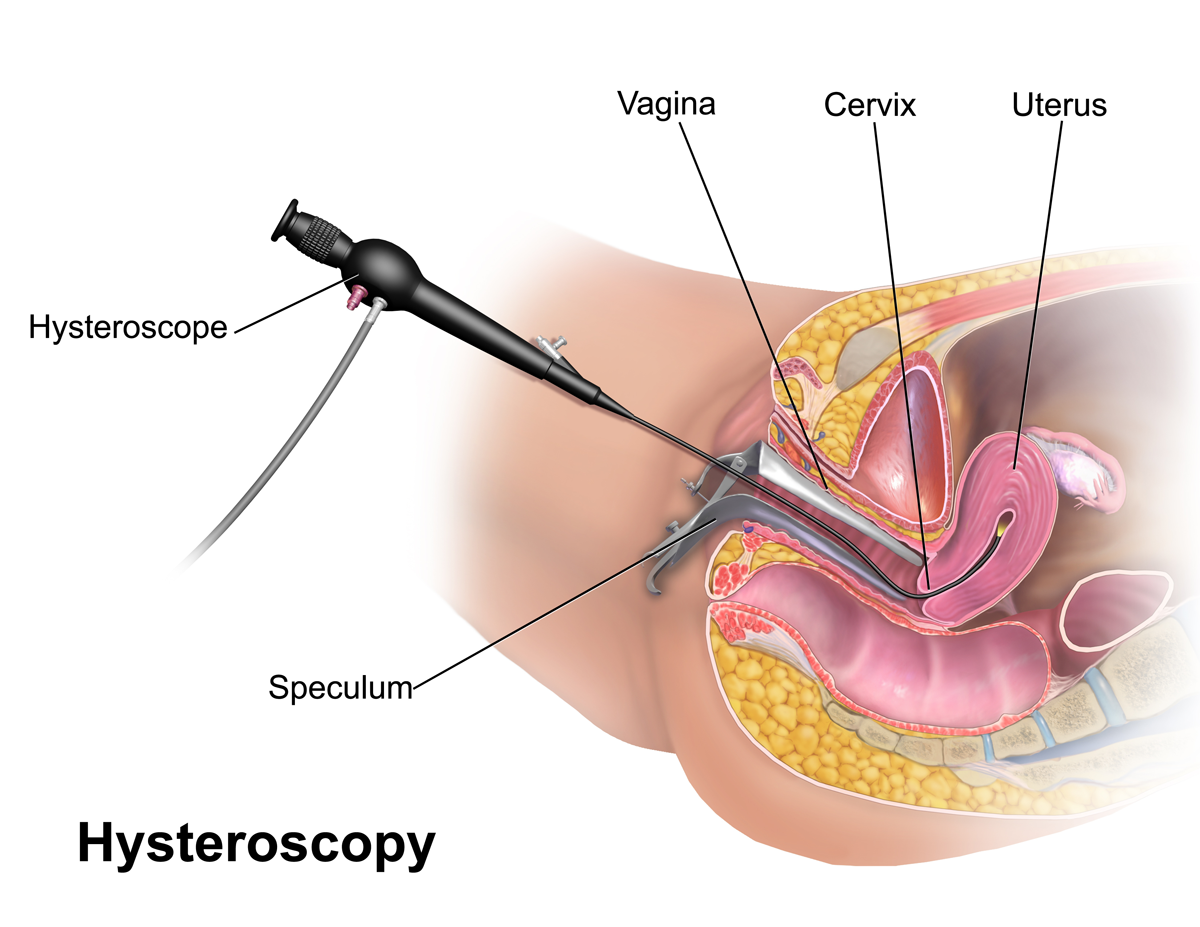
Saline infusion sonogram (SIS)
A saline sonogram (SIS) is a special ultrasound that helps a fertility doctor see the inside of your uterus. It is used to diagnose uterine problems and fertility problems caused by the uterus. The test is used to screen for structural abnormalities that might interfere with implantation or increase the risk for miscarriage, such as uterine polyps, fibroids, scar tissue, or a uterine septum. The test is recommended for women who have been diagnosed with infertility or recurrent pregnancy loss.

Cyst aspiration
Cyst Aspiration is a minimally invasive procedure that drains fluid-filled sacs from ovarian cysts. It is not unusual for IVF to be canceled due to a cyst. IVF egg retrieval with an ovarian cyst may generate poor eggs. Cyst on the ovary before IVF can affect a woman’s ability to get pregnant. Sometimes, when the cyst is tiny, your specialist may continue the IVF procedure without aspiration. Chocolate cyst management.

Polypectomy
For women struggling with infertility, especially unexplained infertility, seek advice from a doctor. One of the many tests the doctor will perform includes a check for uterine polyps. If polyps are detected, the doctor may recommend a polypectomy. Rest assured, the procedure is painless and may improve the chances of a successful pregnancy.
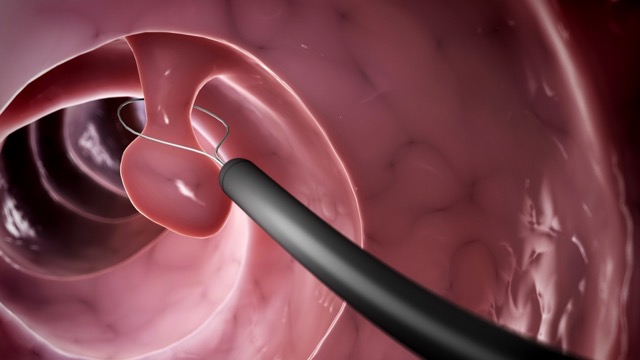
Mock Transfer
Sometimes, a fertility specialist may recommend a mock embryo transfer. This practice run usually happens a month before the embryo transfer, allowing the doctor to evaluate the cervix and uterus. A mock transfer enable the doctor to prepare for the actual embryo transfer, possibly increasing the chance of success.
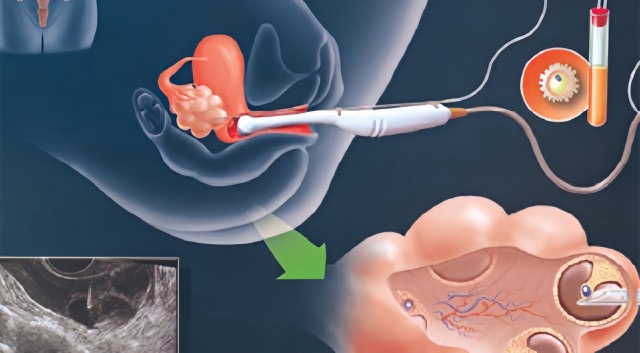
Ovarian PRP
Ovarian PRP is an ovarian rejuvenation therapy that uses platelet-rich plasma (PRP) from the woman’s blood to stimulate cellular rejuvenation and blood flow in the ovaries. PRP is a concentrated solution of growth factors and cytokines that can potentially enhance fertility, improve egg and embryo quality, and restore ovarian function. Ovarian PRP is performed by injecting the prepared PRP into the ovaries by a reproductive endocrinologist at a fertility clinic. Ovarian PRP may be an option for women who have low egg reserves, ovarian insufficiency, or poor outcomes with IVF.

Uterus PRP
Platelet-Rich Plasma (PRP) has been used alongside conventional fertility treatments like In Vitro Fertilization (IVF) to improve egg quality, uterine lining thickness, and endometrial receptivity. PRP can make the lining strong enough to sustain the implanted embryo by creating new blood vessels that nourish the lining and build fresh interconnecting tissue. Hormone supplements are also added to support the pregnancy.



